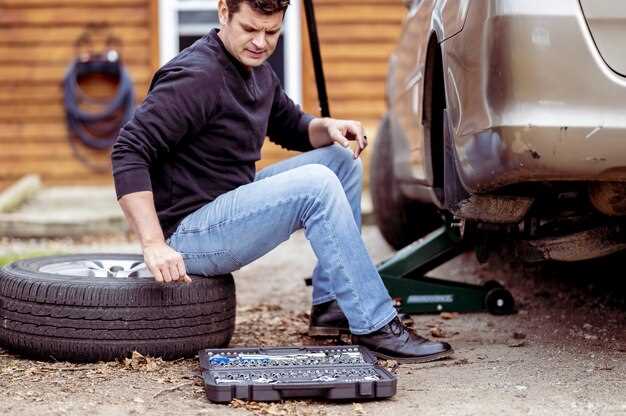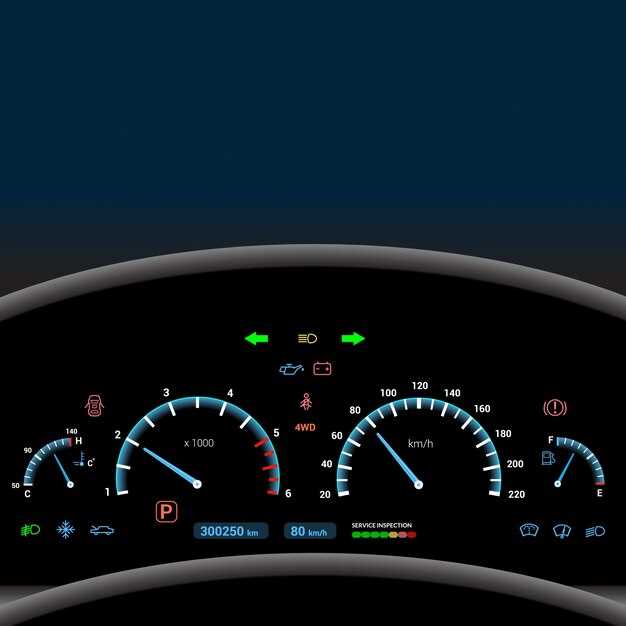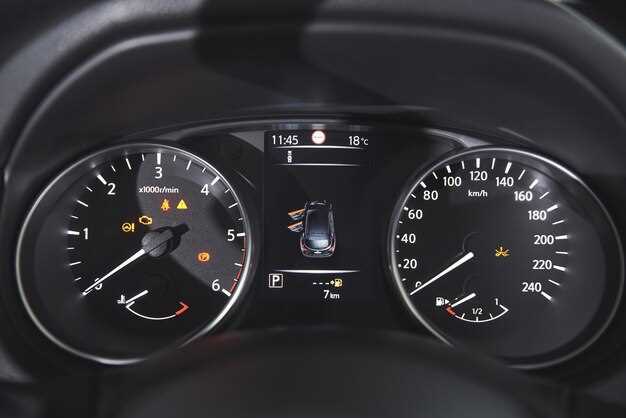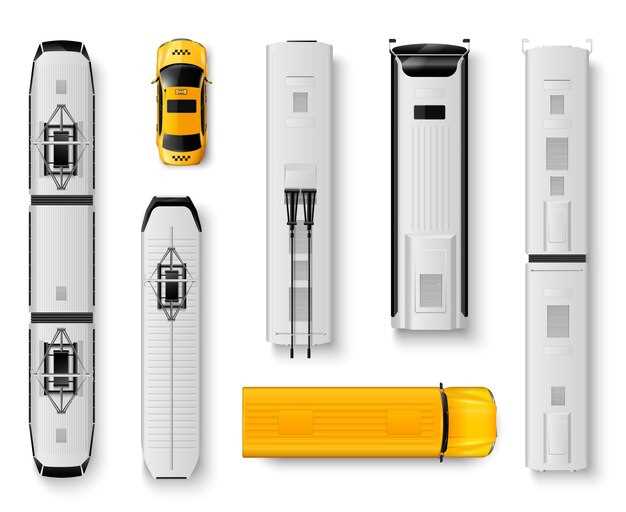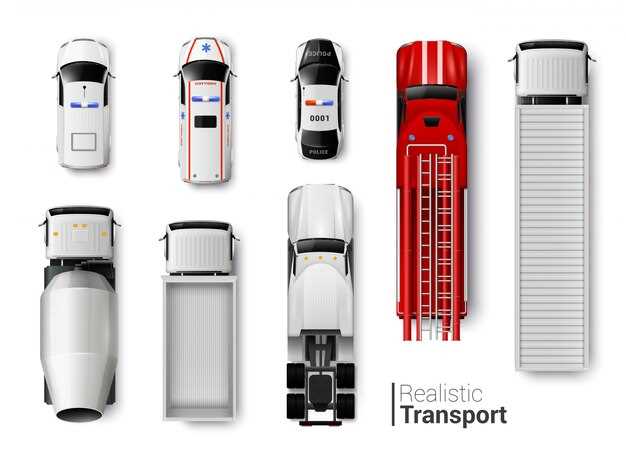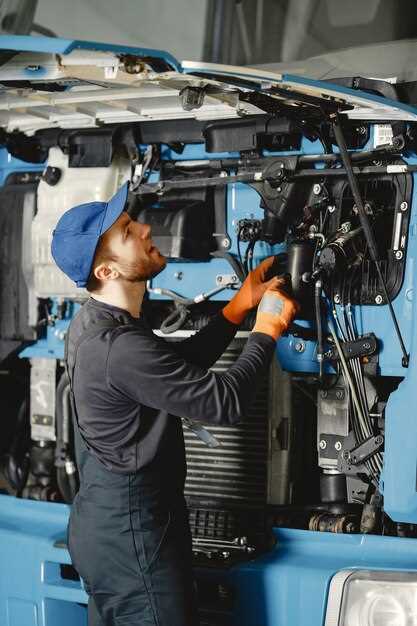
When it comes to investing in a durable and reliable vehicle, diesel trucks continue to stand out as a top choice for many consumers and businesses alike. Their robust engines, impressive towing capabilities, and enhanced fuel efficiency make them an essential asset for a variety of applications. However, not all diesel trucks are created equal, and identifying the models that provide the best long-term value is crucial for making an informed purchasing decision.
In this article, we will analyze the key factors that contribute to the long-term value of diesel trucks, including maintenance costs, fuel economy, and resale value. We’ll explore the models that have consistently demonstrated reliability over the years, proving their worth not only in terms of performance but also as an investment. By focusing on these criteria, we aim to provide a comprehensive overview of the top diesel trucks that excel in delivering lasting value.
Whether you are a fleet manager looking to enhance your operations or an individual seeking a dependable vehicle for personal use, understanding the market trends and the performance of various models is essential. Join us as we delve into the details of the leading diesel trucks, highlighting their strengths and how they can contribute to long-term savings and satisfaction.
Evaluating Fuel Efficiency and Maintenance Costs for Diesel Trucks

Fuel efficiency is one of the most critical factors to consider when evaluating diesel trucks for long-term ownership. Diesel engines are known for their superior fuel economy compared to gasoline counterparts, often achieving higher miles per gallon (MPG) ratings, especially under heavy loads. This efficiency allows for greater distance coverage, which is vital for commercial usage and long-haul operations. When assessing fuel efficiency, it’s essential to take into consideration the truck’s weight, intended use, and driving conditions, as these factors can significantly impact overall performance and fuel consumption.
Maintenance costs are another crucial element in the long-term value analysis of diesel trucks. While diesel engines tend to be more robust and longer-lasting than gasoline engines, they often require specific maintenance routines that can be more expensive. Regular servicing, which includes oil changes, filter replacements, and fuel system checks, is vital for ensuring optimal operation. Additionally, parts for diesel trucks can be pricier, and certain repairs may require specialized knowledge or tools. Factors such as brand reputation and the availability of service centers can influence both the frequency of repairs and the costs associated with them.
When calculating the total cost of ownership, it’s important to factor in both fuel efficiency and maintenance costs. This holistic approach allows potential buyers to make informed decisions based on projected long-term savings. For instance, a truck with slightly higher upfront costs but superior fuel efficiency and lower maintenance requirements may prove to be more economical in the long run compared to a cheaper model with poor performance metrics.
Additionally, the availability of aftermarket enhancements can also play a role in fuel efficiency and maintenance. Many diesel truck owners choose to invest in upgrades and modifications that can increase fuel efficiency, such as improved exhaust systems or performance chips. However, these modifications can also lead to increased maintenance considerations and potential warranty issues; therefore, careful evaluation is key.
Overall, understanding the balance between fuel efficiency and maintenance costs is vital for maximizing the long-term value of diesel trucks. By conducting thorough research and assessments, potential buyers can ensure that their investment aligns with their operational needs, financial goals, and the expected lifespan of the vehicle.
Understanding Resale Value Trends in the Diesel Truck Market
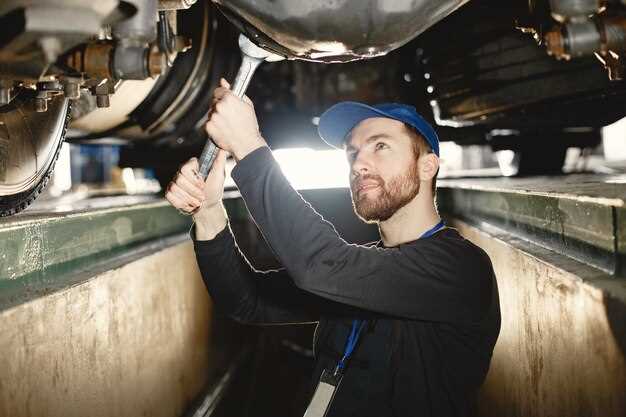
The resale value of diesel trucks is influenced by multiple factors, including brand reputation, engine performance, and market demand. Historically, diesel trucks have retained their value better than gasoline counterparts due to their durability and efficiency, making them particularly attractive to both personal and commercial buyers.
Brand loyalty plays a significant role in resale values. Manufacturers such as Ford, Ram, and Chevrolet often enjoy higher resale prices owing to a strong following and a reputation for reliability. Trucks from these brands tend to hold their value longer, resulting in less depreciation over time. Additionally, specific models with advanced fuel-efficient technologies or enhanced towing capacities can command premium pricing in the used market.
Engine size and performance also contribute to resale trends. Trucks equipped with larger, more powerful diesel engines are often seen as more desirable for their towing and hauling capabilities. This high demand for performance-oriented models can lead to steadier resale values as buyers are willing to pay a premium for enhanced functionality.
Market demand plays a crucial part in determining resale value trends. Economic conditions, such as fuel prices and the overall health of the trucking industry, can significantly affect buyers’ willingness to invest in diesel trucks. Increased fuel costs may lead to a preference for more fuel-efficient models, while a booming economy might boost demand for heavy-duty trucks used in commercial applications.
Another key factor influencing resale values is the advent of regulatory changes regarding emissions. Stricter emission standards may result in reduced desirability for older diesel trucks, driving down their market value. Conversely, newer models that comply with these regulations may see enhanced demand, positively impacting their resale value.
Finally, maintenance history and overall condition of a truck play a decisive role in its resale potential. Trucks that have been well-maintained, with a documented service history, typically fetch higher prices. Prospective buyers often look for vehicles with features such as extended warranties or low mileage to assure them of future reliability and performance.
In summary, understanding the dynamics of resale value trends in the diesel truck market is vital for prospective buyers and sellers. Considering brand reputation, performance characteristics, market demand, regulatory implications, and maintenance history can help stakeholders make informed decisions in the bustling diesel truck arena.
Comparing Reliability Ratings and Owner Satisfaction for Long-Term Ownership
When considering the best diesel trucks for long-term value, reliability ratings and owner satisfaction emerge as critical factors. Reliability ratings typically stem from extensive surveys and data analysis, reflecting a vehicle’s ability to perform without frequent repairs over time. For diesel trucks, reliability often translates to durability and dependability, essential traits for both personal users and commercial enterprises.
Several reputable sources, such as J.D. Power and Consumer Reports, provide reliability ratings based on user feedback and mechanical assessments. Typically, trucks like the Ford F-250 Super Duty and Ram 2500 consistently rank high due to their robust construction and reliable diesel engines. These vehicles often showcase fewer reported issues regarding the engine, transmission, and drivetrain, making them favored choices for buyers focused on longevity.
Owner satisfaction is equally important and often reflects the overall experience with a truck. Factors influencing satisfaction include comfort, handling, fuel efficiency, and customer service from the dealership. Surveys reveal that owners of trucks such as the Chevrolet Silverado 2500HD frequently report high satisfaction rates due to comfortable interiors, strong performance capabilities, and the readily available support from service networks.
Additionally, the warranty offerings play a vital role in owner peace of mind. Trucks with extensive warranties often encourage higher satisfaction rates, as owners feel protected against unexpected repairs. Long-term owners of brands like Ram appreciate not only the warranty but also the reputational reliability that the manufacturer provides, translating into loyalty and repeated purchases.
In summary, while reliability ratings present an objective measure of durability, owner satisfaction captures the subjective experience of long-term ownership. An ideal choice in the diesel truck market will be one that excels in both aspects, ensuring that buyers invest in a vehicle that will serve them well for years to come.























